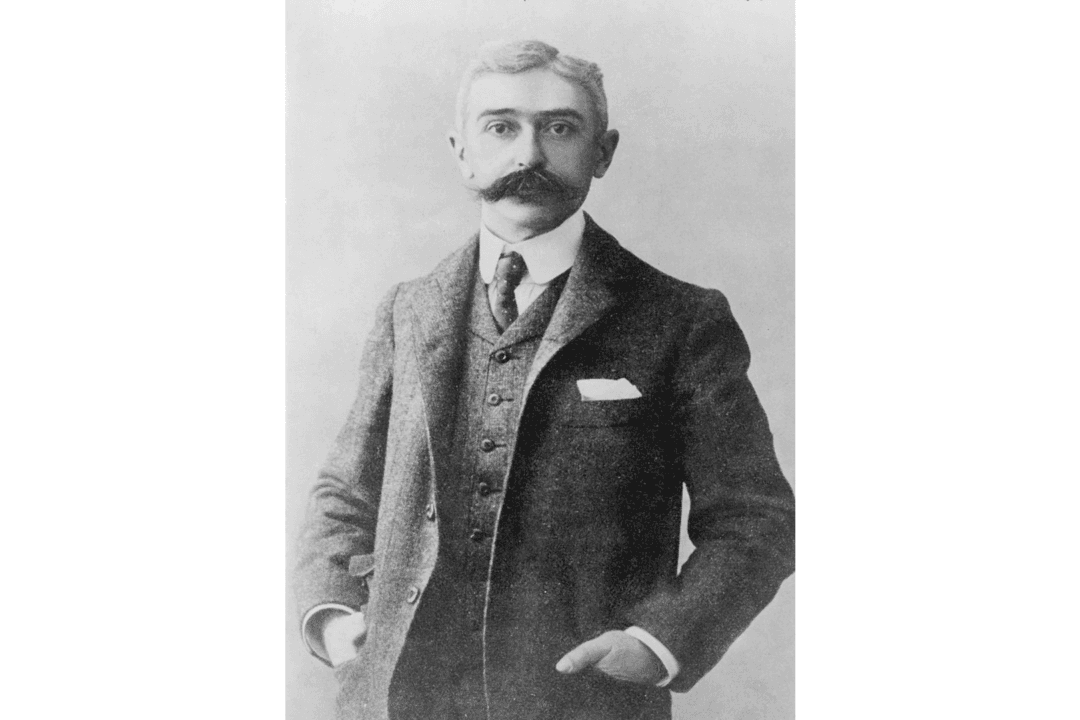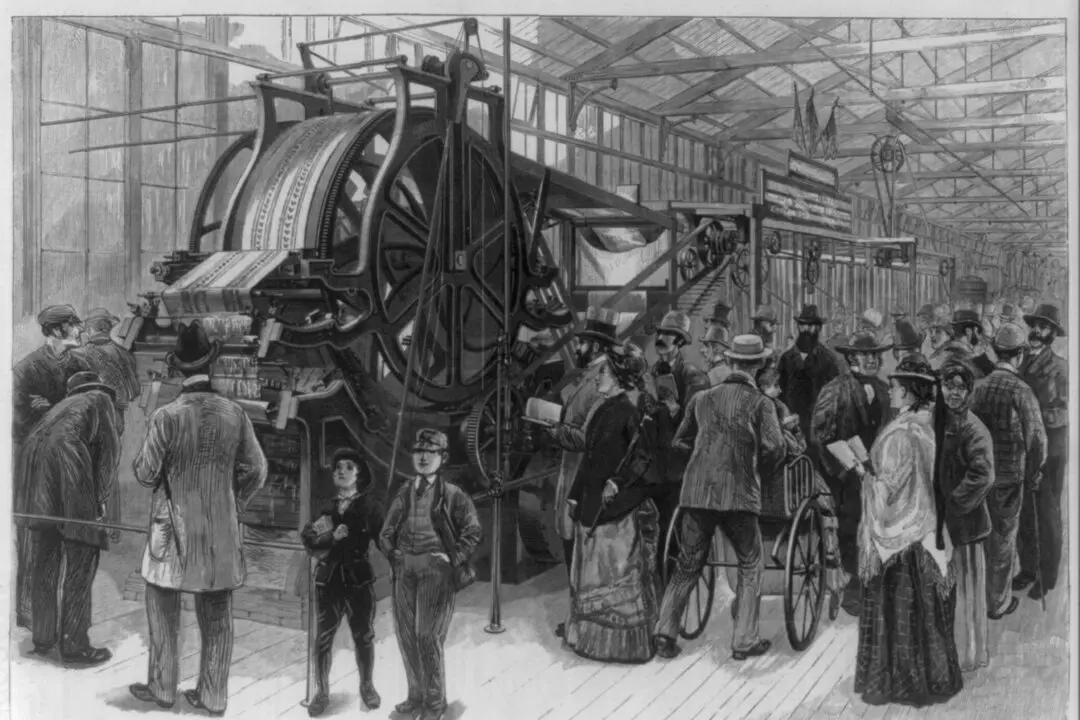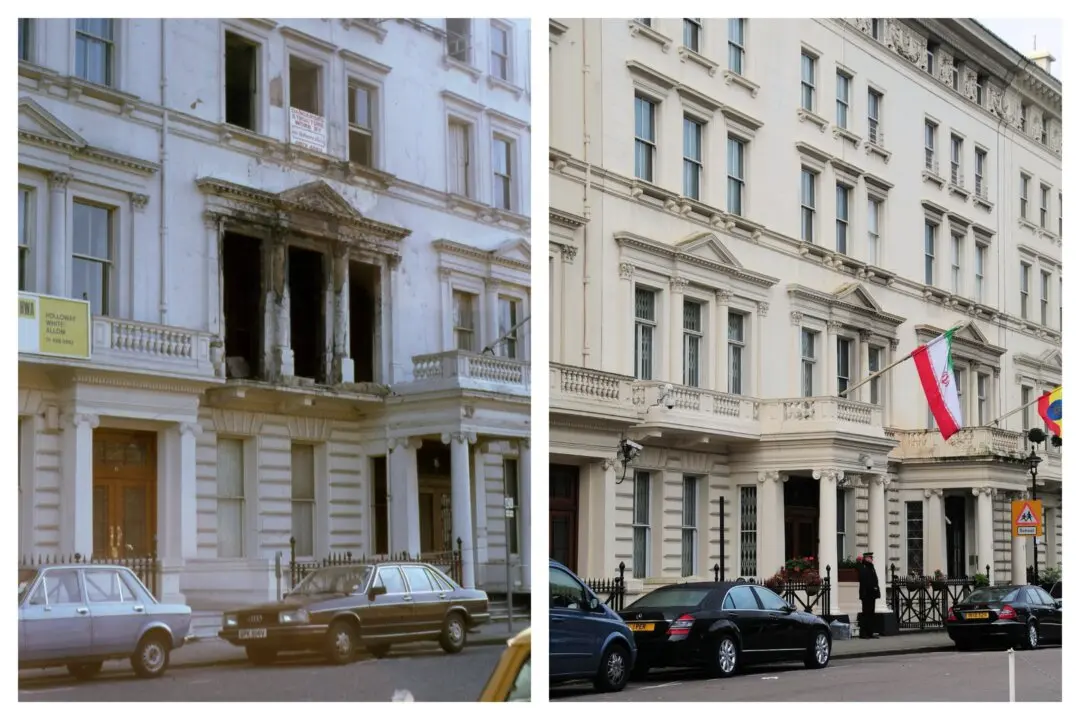When the modern Olympic Games launched in the 1890s, the idea was to bring back the competitions of ancient Greece. The Greek games featured more than physical contests; artists, philosophers, and performers participated along with athletes. The ancient Games were meant to display the height of human achievement in honor of the gods.
French educator and historian Pierre de Coubertin founded the International Olympic Committee (IOC) in 1894 to revive the Games and the original intention. From the beginning, Coubertin dreamed that the modern Olympics would incorporate the achievements of the mind as well as the body. He wanted to include artists.






